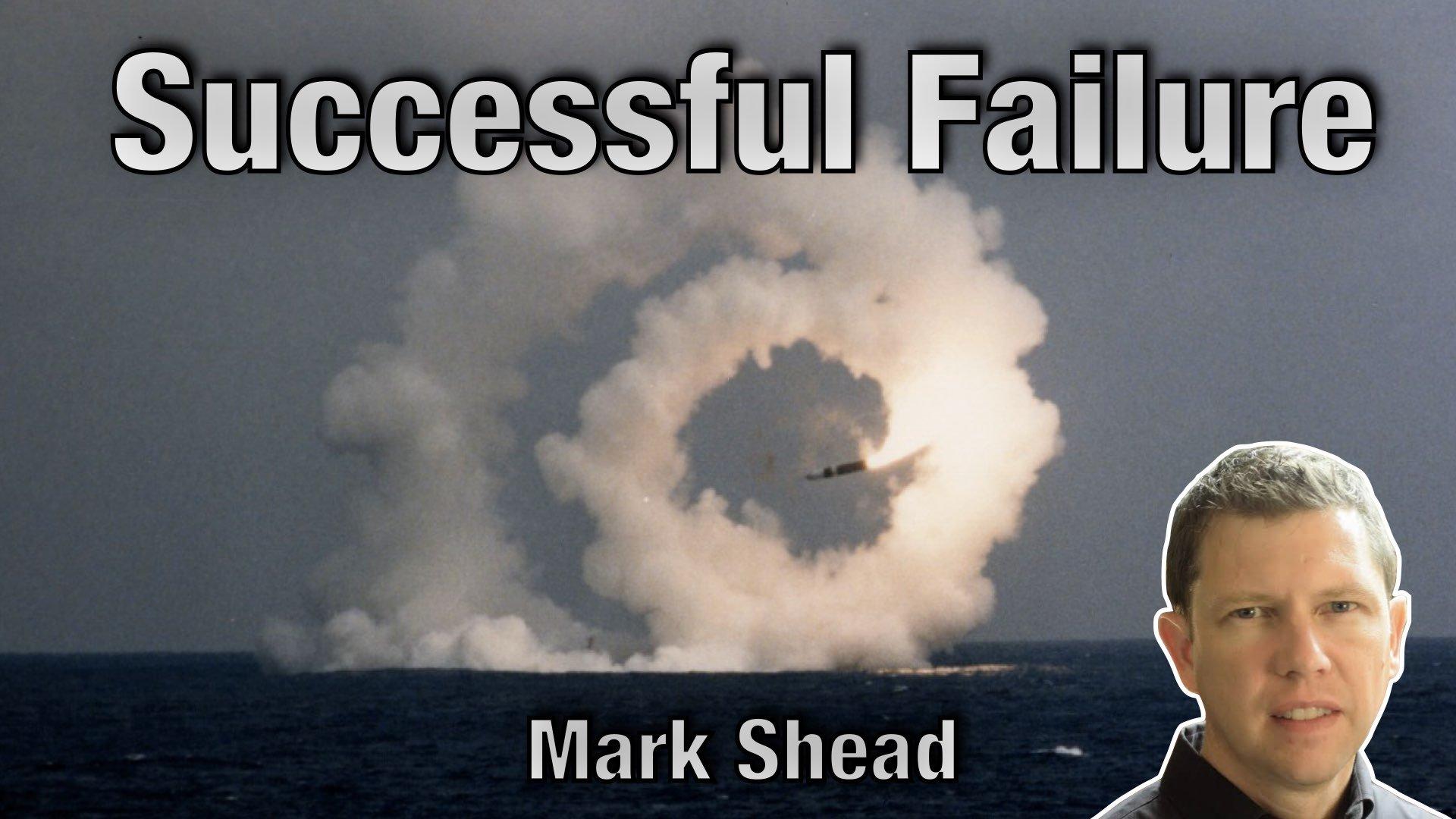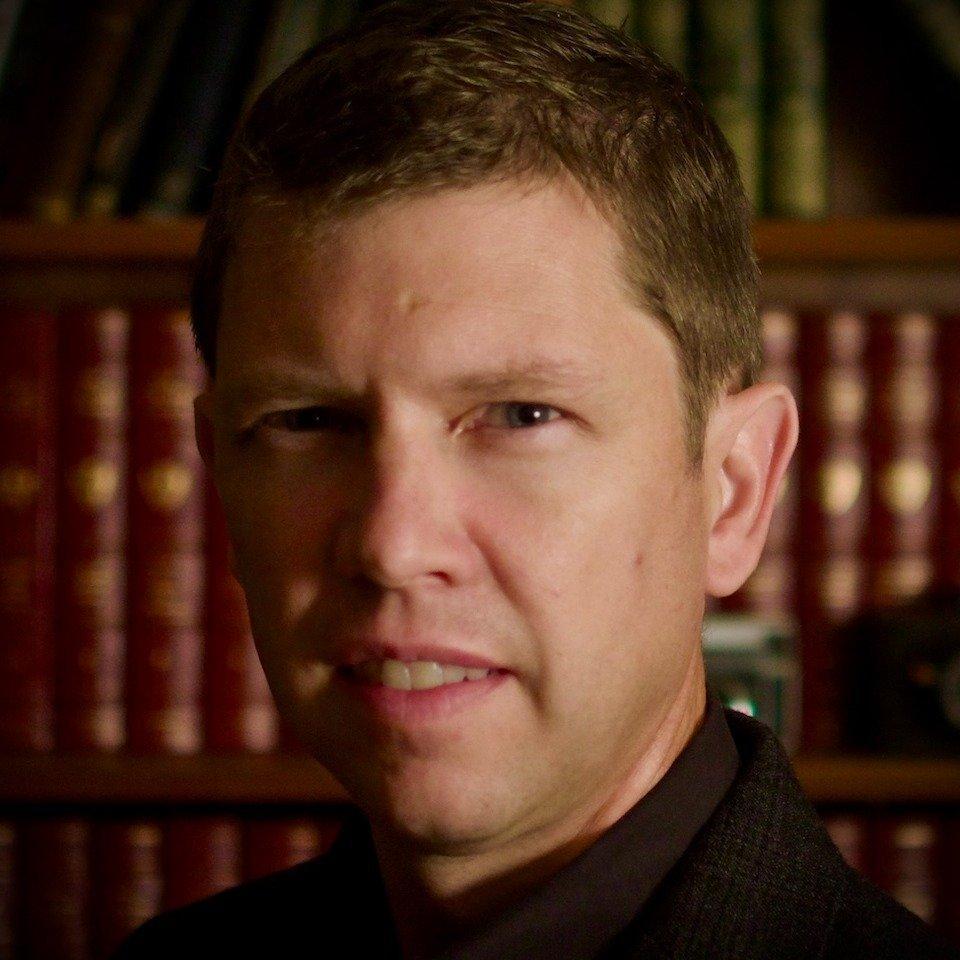
Successful Failures - AgileLnL - Mark Shead

Not all failures are created equal. Edison famously failed 2774 times in his effort to create a lasting lightbulb filament, but each of those failures pushed him toward eventual success. The original Tacoma Narrows bridge, on the other hand, had apparent early success in the design phase, where the designers discovered they could cut the cost nearly in half with new engineering techniques. Unlike Edison, that project ended in spectacular failure as the suspension bridge collapsed into Puget Sound just months after it was opened for traffic. History is full of examples of failures that drive success as well as successes that create the conditions for catastrophic failure. In no industry is this more true than software development. So what is the difference? Why do some projects seemingly use failure to propel them forward while others wrest defeat from the jaws of apparent victory? In this talk, we are going to look at how a healthy, proactive approach to risk and failure can give software projects the momentum and solid foundation to deliver for our customers. We'll also look at how an unhealthy approach can hide pitfalls that result in canceled projects or, worse, spectacular failures. You'll leave with a better understanding of how to assess the health of your team's approach to failure and concrete ideas of how to make your process more resilient by leveraging good failures to avoid bad ones.